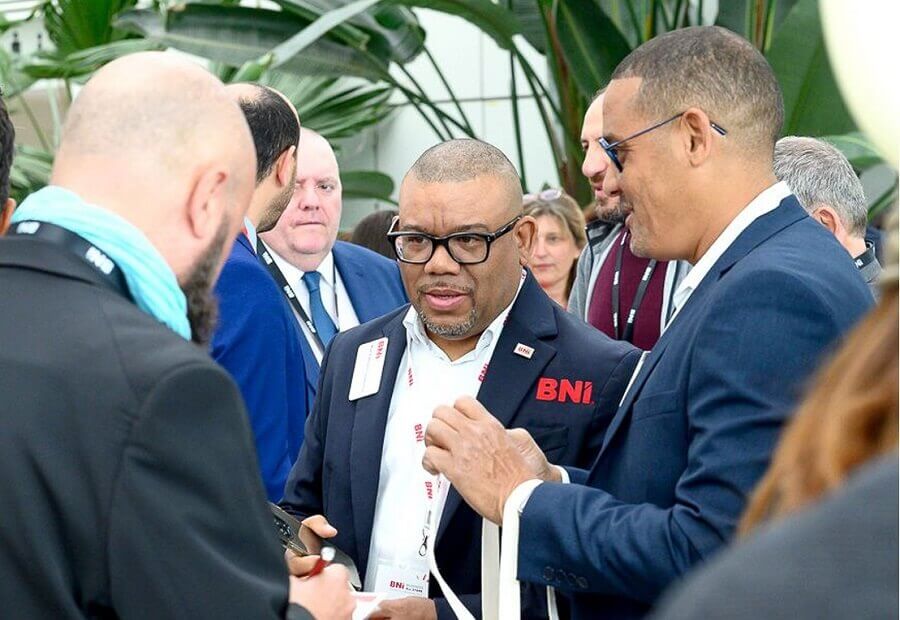Early in my career I learned that people, like water, tend to seek the path of least resistance. That is, left to their own devices, people will often do what is easiest rather than what is best (and generally harder).
Throughout my career in BNI I’ve seen groups that didn’t want to follow the system and applied very little if any accountability within the group. I’ve seen some groups that take that easy path. They don’t hold members accountable for attendance, quality referrals, following the system, or general support of the group. Many of these things are, in fact, hard to maintain. The real tragedy is that they may go down this path for a very long time, unwilling to take the necessary hard steps to build a successful BNI group. The results are inevitable—the chapter struggles.
On the other hand, I see some groups that work hard to maintain attendance, generate quality referrals, follow the system, immerse in a culture of learning, and cultivate a positive attitude. This is incredibly difficult to do consistently. However, these chapters are almost always much more successful.
In life, taking the hard path often makes life – in the long run, much easier, and taking the easy path often makes life much harder. We’ve all seen this during our lifetimes. For me it started in school. I saw kids that took shortcuts or didn’t study. They took it really easy
Are you practicing hard/easy or are you practicing easy/hard in your life?
This is a powerful question for every BNI chapter to ask. It might make a great discussion with your fellow members. Is your group taking the hard path to success? If not, what can you do, right now, today, to help move the chapter forward on the hard path to make your life easier?
Remember, taking the hard path often makes life easier, and taking the easy path often makes life harder.
Called the “father of modern networking” by CNN, Dr. Ivan Misner is a New York Times bestselling author. He is the Founder and Chief Visionary Officer of BNI, the world’s largest business networking organization. His new book, Avoiding the Networking Disconnect can be viewed at Amazon.com.






